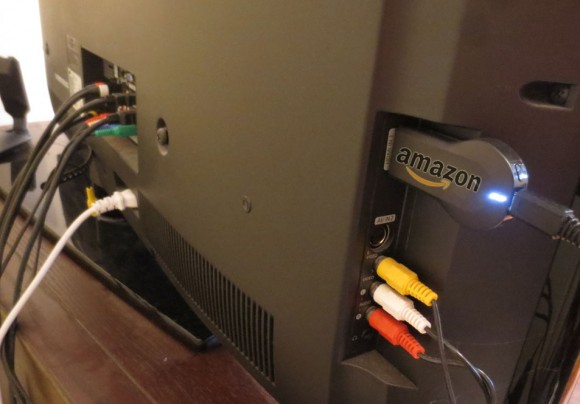
Earlier than expected and for a sum that cannot be calculated rationally, Google has entered into an arrangement to purchase Nest for 3.2 billion in cash. Which totals more than two Instagrams and two Flips… combined. While Nest has grown rapidly, now exceeding 200 employees with healthy buzz and presumably solid sales (which the company does not disclose), the acquisition strikes me as a move to lock up the Nest team and product/service pipeline – before someone else does. Of course, this isn’t Google’s first foray into home monitoring and control. But unlike the short-lived Google powermeter the upside, via retail sales and Google service tie-ins, will be much higher. And, with the connected home as the next frontier, this gives Google one of the hottest players in the game ahead of whatever the likes of Sony or Apple might be working on. (Related, we can’t help but wonder if Apple will keep Nest on store shelves.)
 Google burst onto the video streaming scene way back in 2010 with Logitech in the form of the
Google burst onto the video streaming scene way back in 2010 with Logitech in the form of the 

